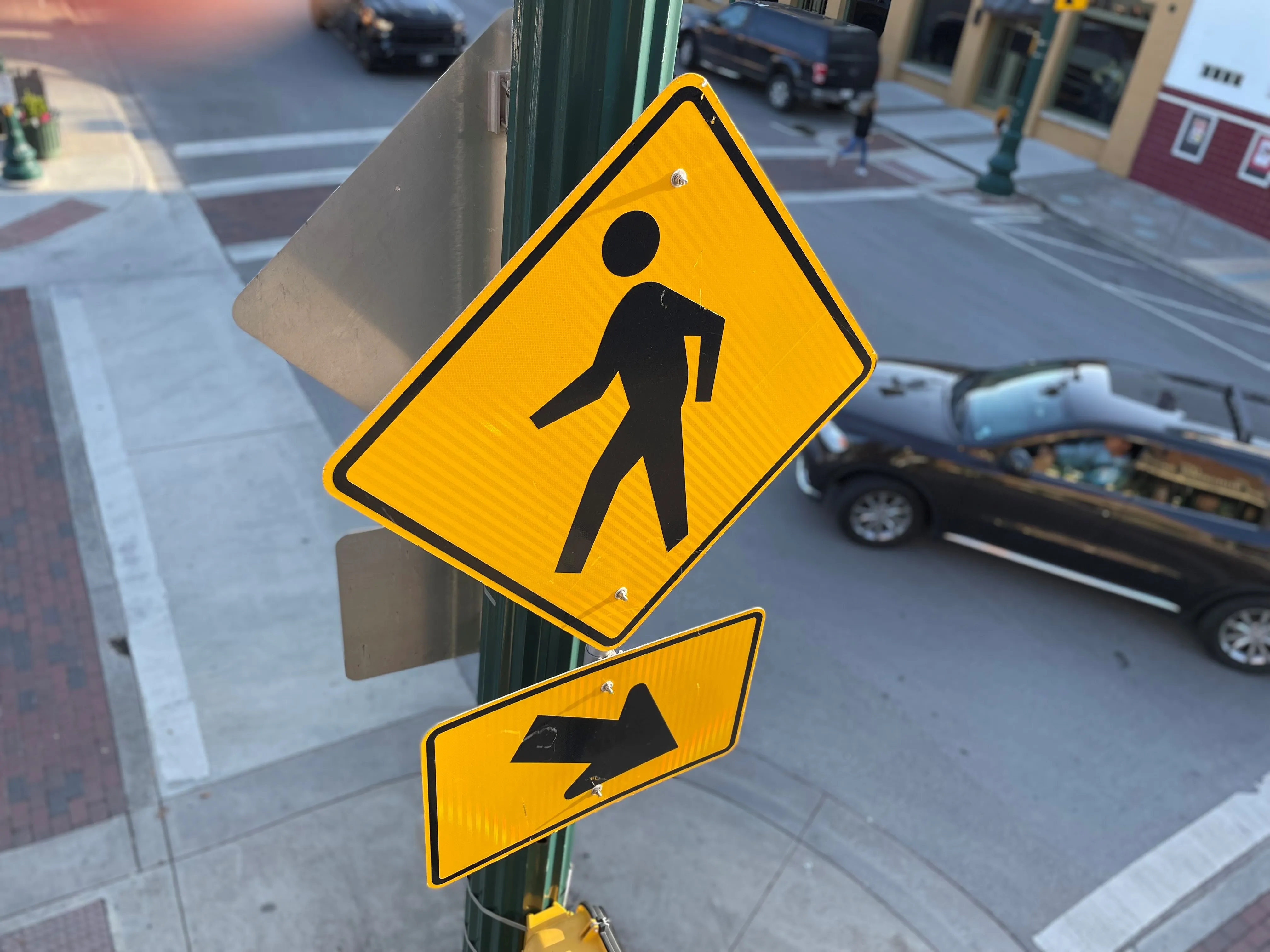The company says AAHT and MADT help identify and forecast traffic conditions for specific days or months of the year.
StreetLight co-founder Laura Schewel says: “Transportation planners have always found it difficult to deliver accurate monthly and daily traffic data due to technological constraints, increasingly tight budgets, small survey response numbers and datasets, as well as complex seasonality factors.”
For example, a community in Florida may want to gather traffic information during April and then estimate monthly metrics from that data. The AAHT and MADT metrics allow the community to obtain information on heavier tourist traffic during winter months or lighter travel mid-summer with near real-time results, the company adds.
These metrics can also help determine funding needs for highway improvements and forecast road maintenance expenditures, it says.
StreetLight Data releases AAHT metrics
StreetLight Data is making annual average hourly traffic (AAHT) counts and monthly annual daily traffic (MADT) counts available to transportation planners via its cloud-based software platform InSight.
The company says AAHT and MADT help identify and forecast traffic conditions for specific days or months of the year.
StreetLight co-founder Laura Schewel says: “Transportation planners have always found it difficult to deliver accurate monthly and daily traffic data due to technological constraints, increa
September 17, 2019
Read time: 2 mins










